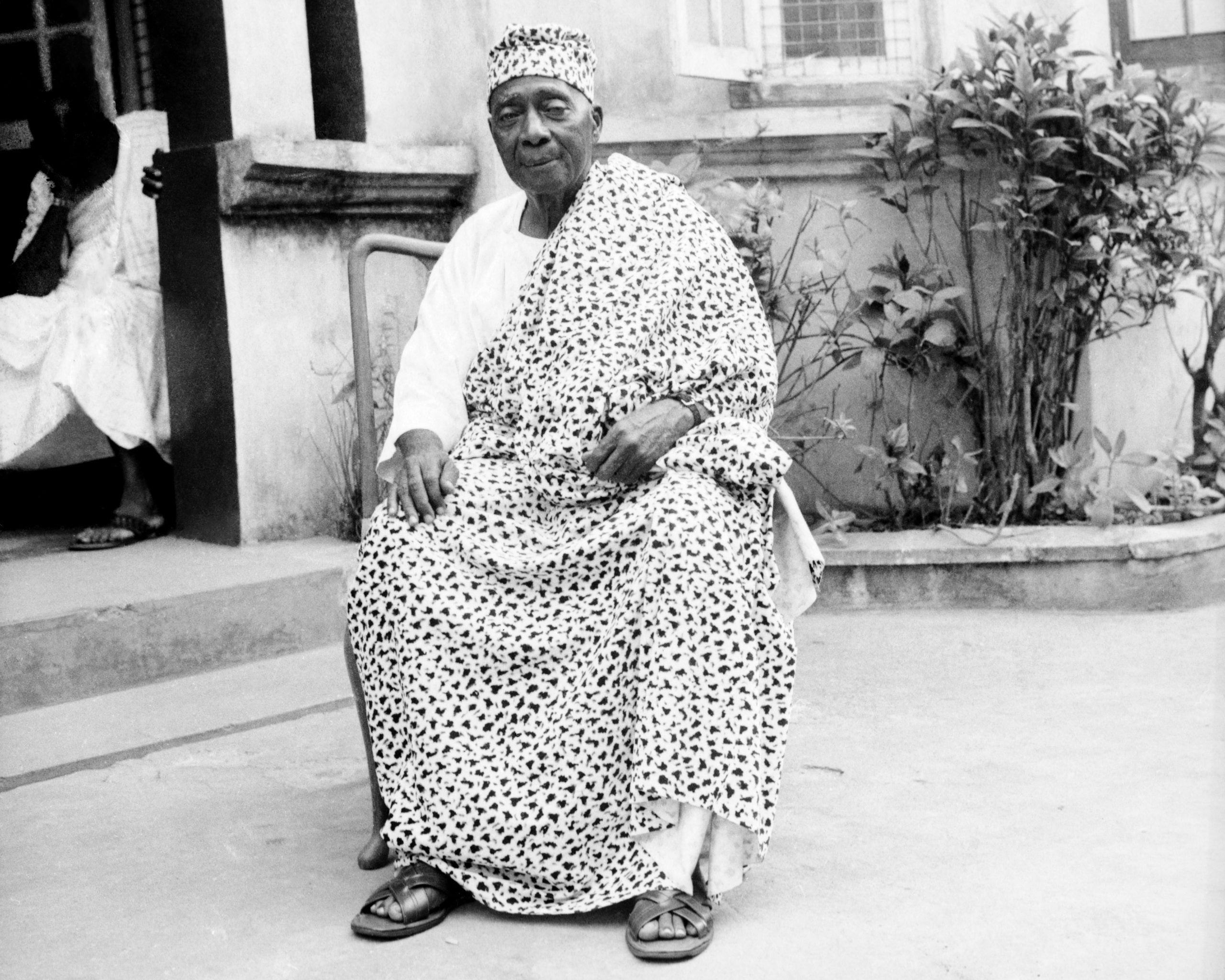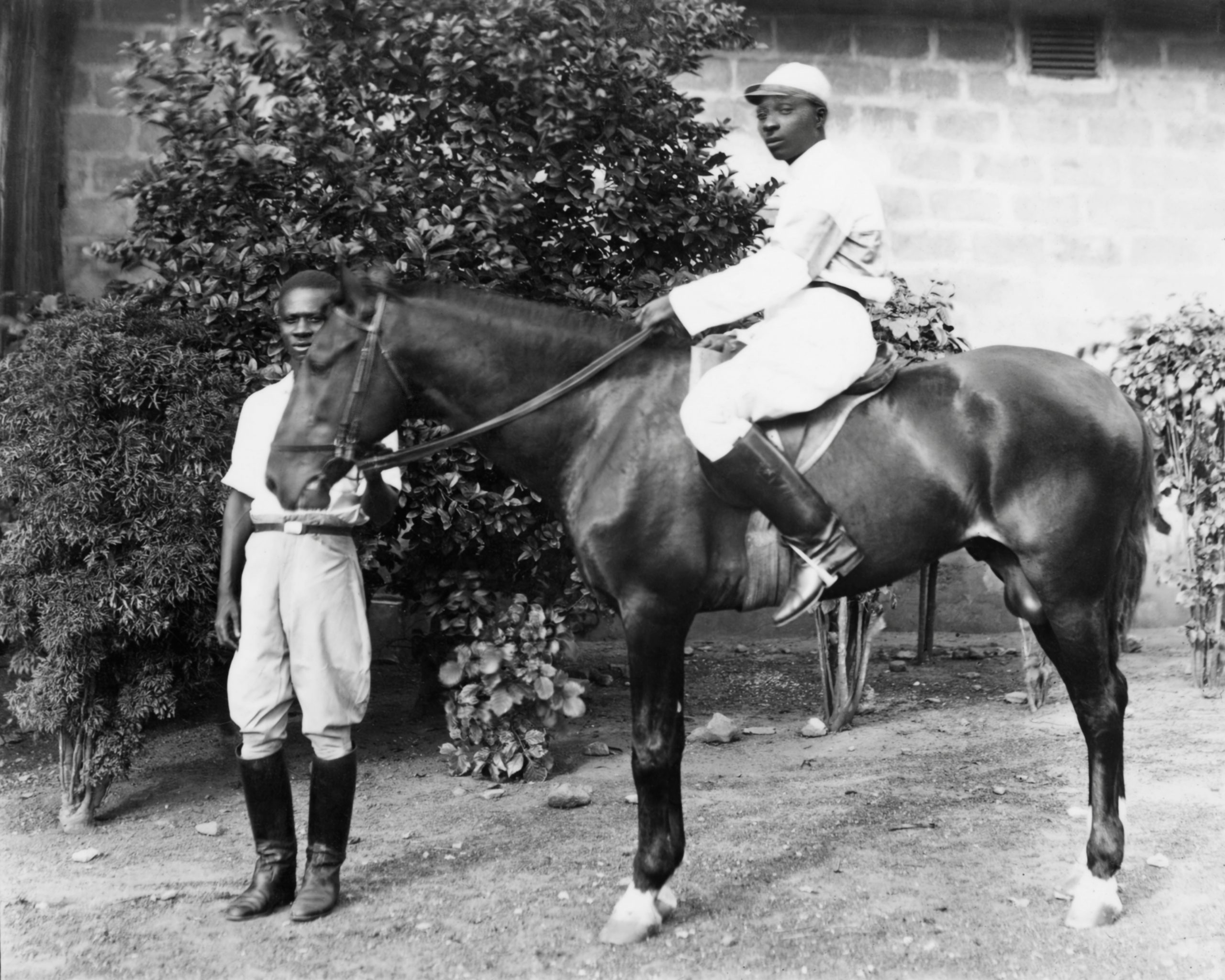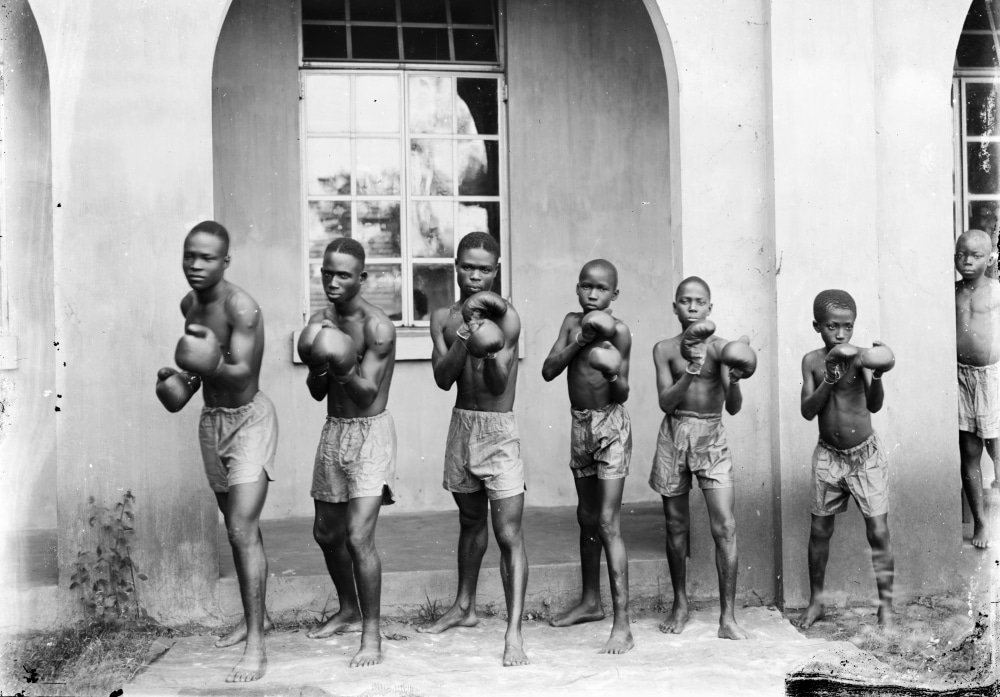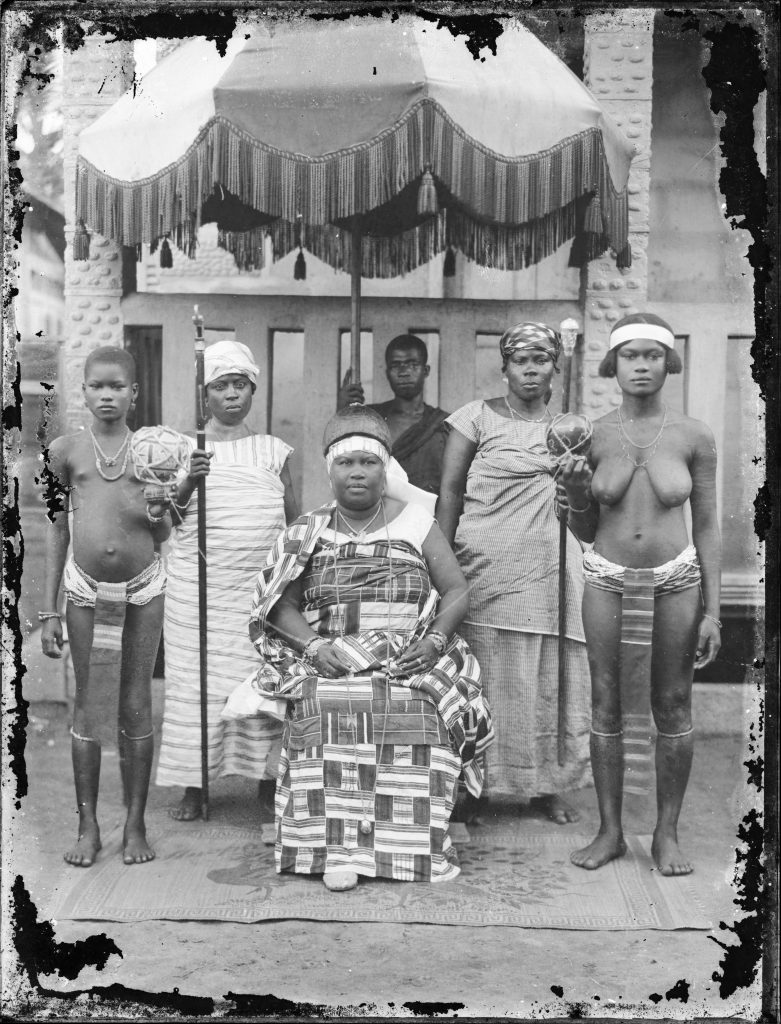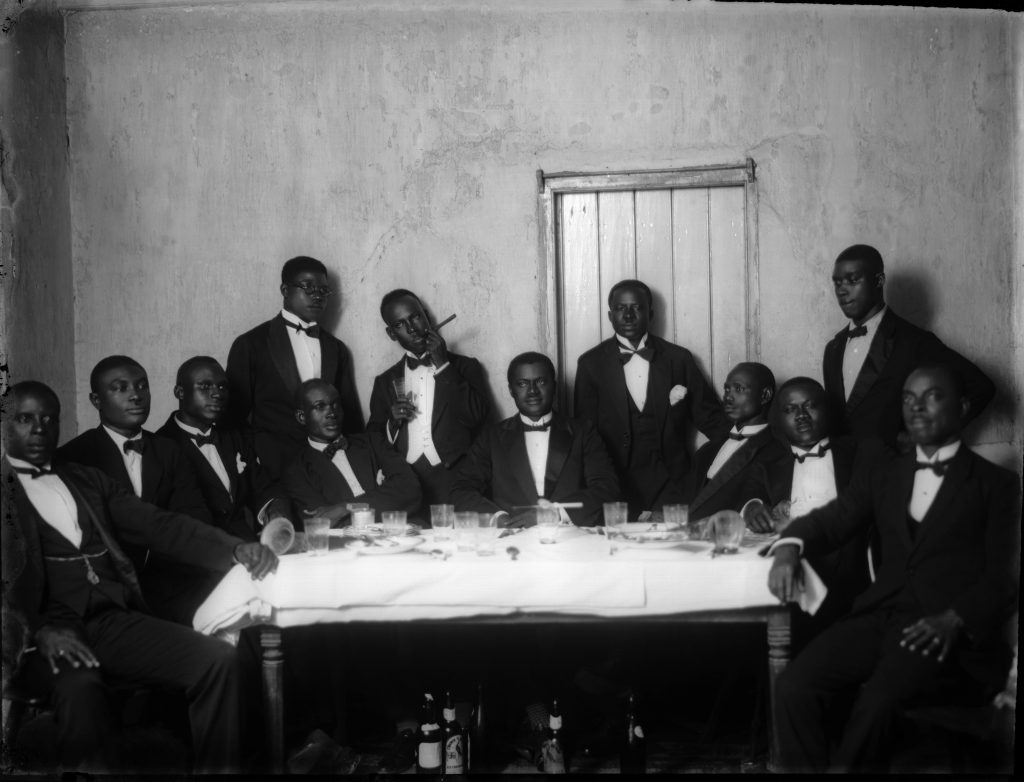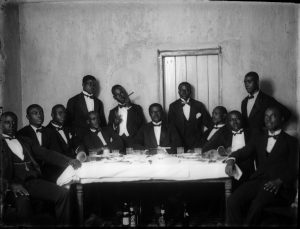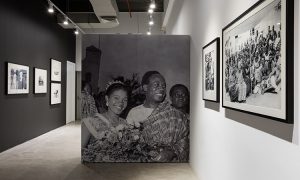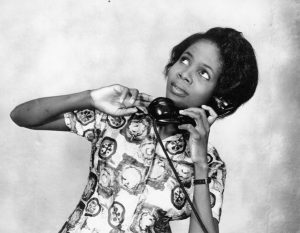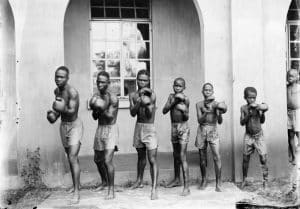
One of West Africa’s foremost documentarians of the 20th century, Bruce-Vanderpuije created a prolific record of life in pre- and post-independence Ghana, illustrating the country’s changing fashions and cultural practices with portraits of young couples getting married, newborn babies and everyday life for over 70 years.
.
